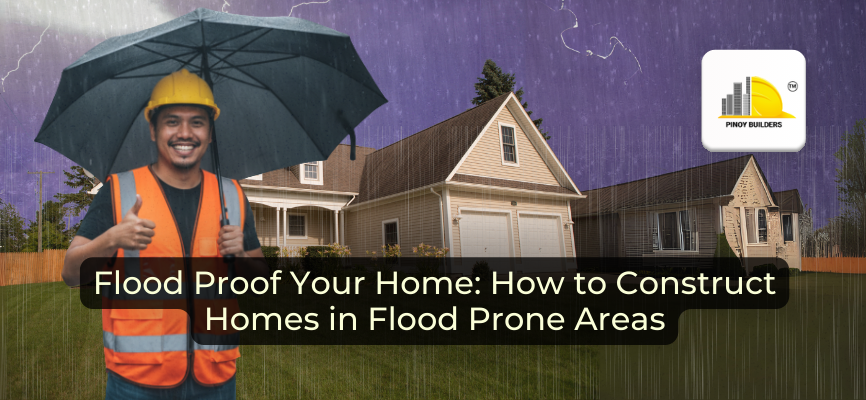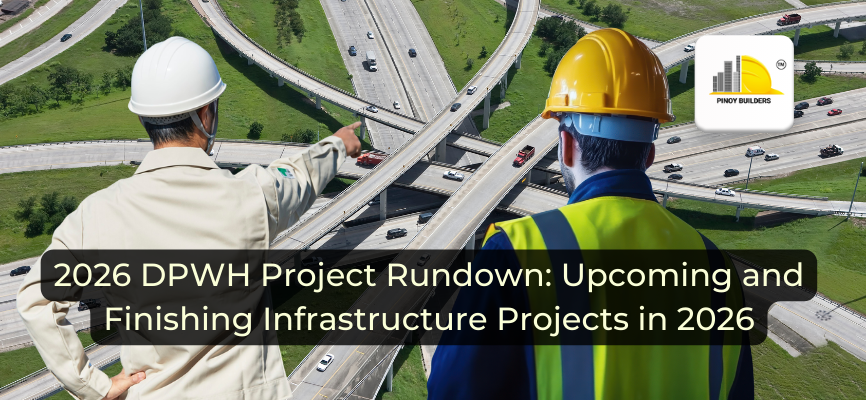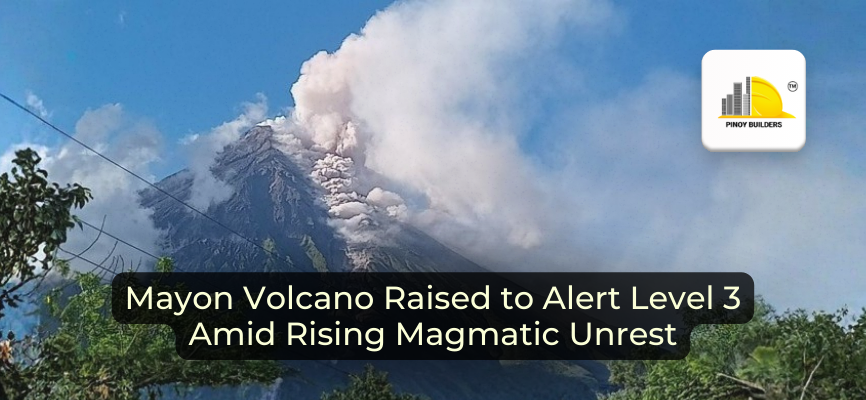Envision a picturesque waterfront property— a dream home with a captivating view. But what if this idyllic scene transforms into a nightmare during a flood nobody saw coming? That’s the reality of building homes, and it is not exclusive in flood-prone areas. Building a structure will always come with inherent disaster risks.
Flooding can devastate homes, disrupt lives and livelihoods, and leave communities grappling with unexpected, massive costs. Of course, this can be avoided, but it requires thoughtful planning and strategic construction techniques to help homeowners and builders create resilient structures that can weather the storms.
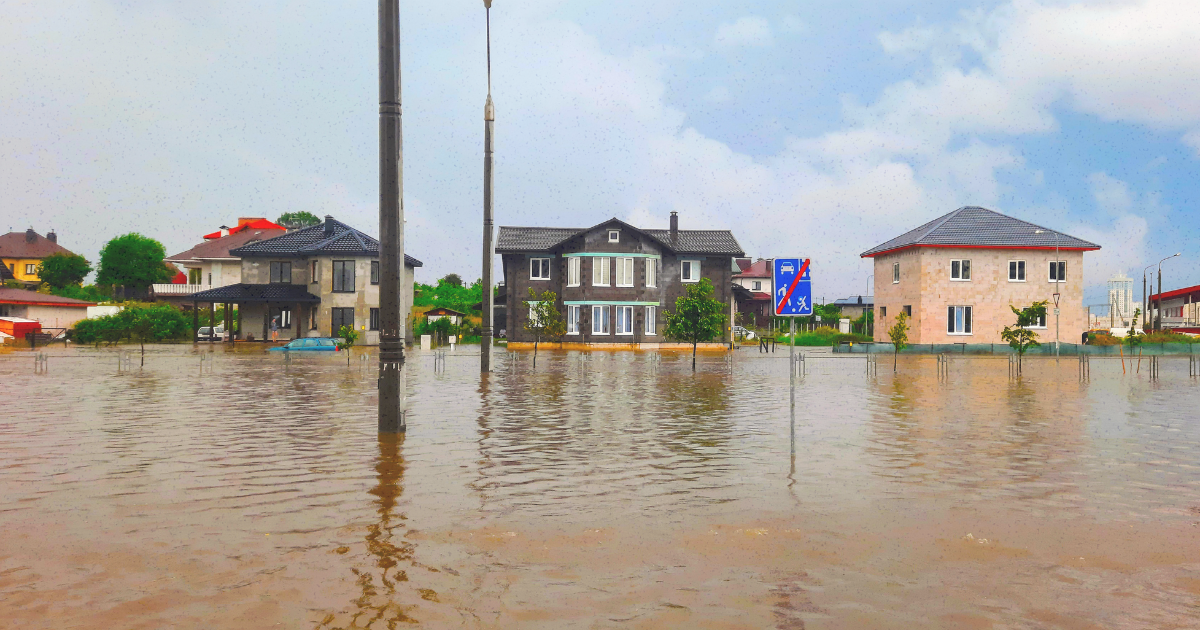
Carefully selecting flood-resistant materials, implementing flood-proofing design elements, and adhering to strict building codes, are all essential when constructing a home in a flood plain that offers peace of mind and endures the test of time. In this article, we will explore the key considerations for building safe and secure homes in flood-prone areas to empower homeowners and builders to make informed decisions that prioritize safety and long-term sustainability.
Understanding Flood Risks
Floods can be caused by various reasons such as heavy rainfall, river overflow, or coastal surges. The aftermath often includes structural damage and financial loss, underscoring the critical need for flood-proofing measures. This is why it is essential for homeowners and construction professionals to know, understand, and carefully consider floodproofing techniques in home construction.
How to Construct Homes in Flood Prone Areas
Before breaking ground, thorough site analysis is crucial. Identifying flood patterns and elevation levels of the area helps make construction professionals make informed decisions on foundation design and material selection. Apart from that, opting for water-resistant building materials is essential to withstand prolonged exposure to water without compromising structural integrity.
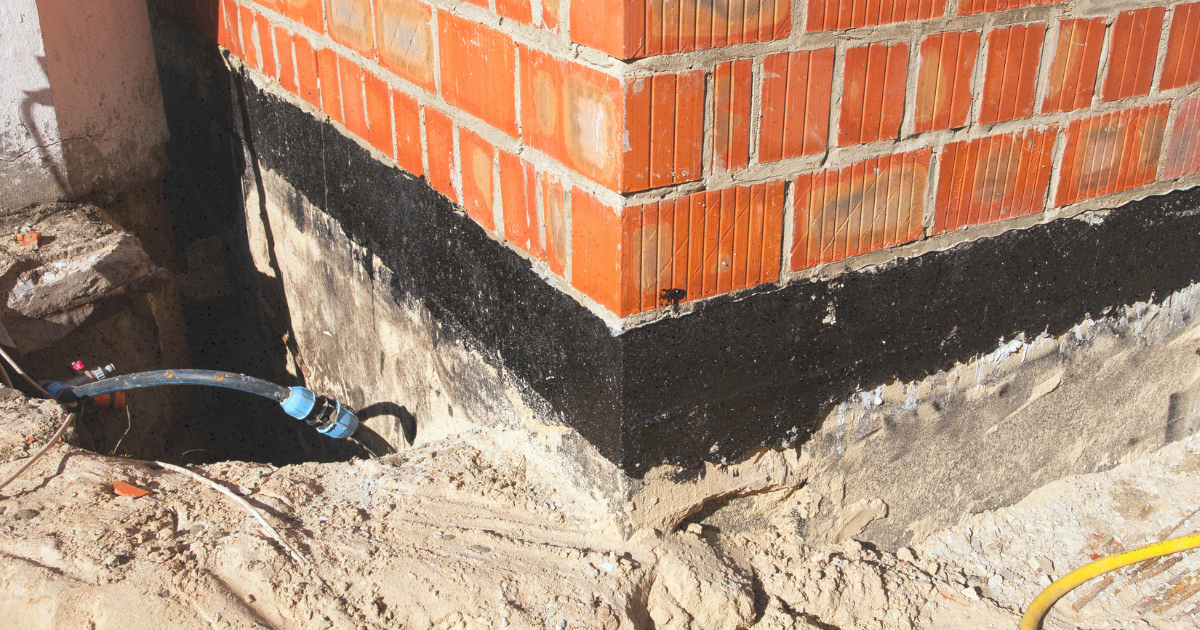
Another method of increasing the flood safety of a structure is to adjust the structure itself. Elevating the foundation above flood levels is a primary defense strategy. Options like stilts or raised slabs elevate living space while reducing direct contact with floodwaters and minimizing potential damage during in case of inundation. The most important part before designing a home in a flood-prone area is to refer to the building regulations provided by the local authorities of that area.
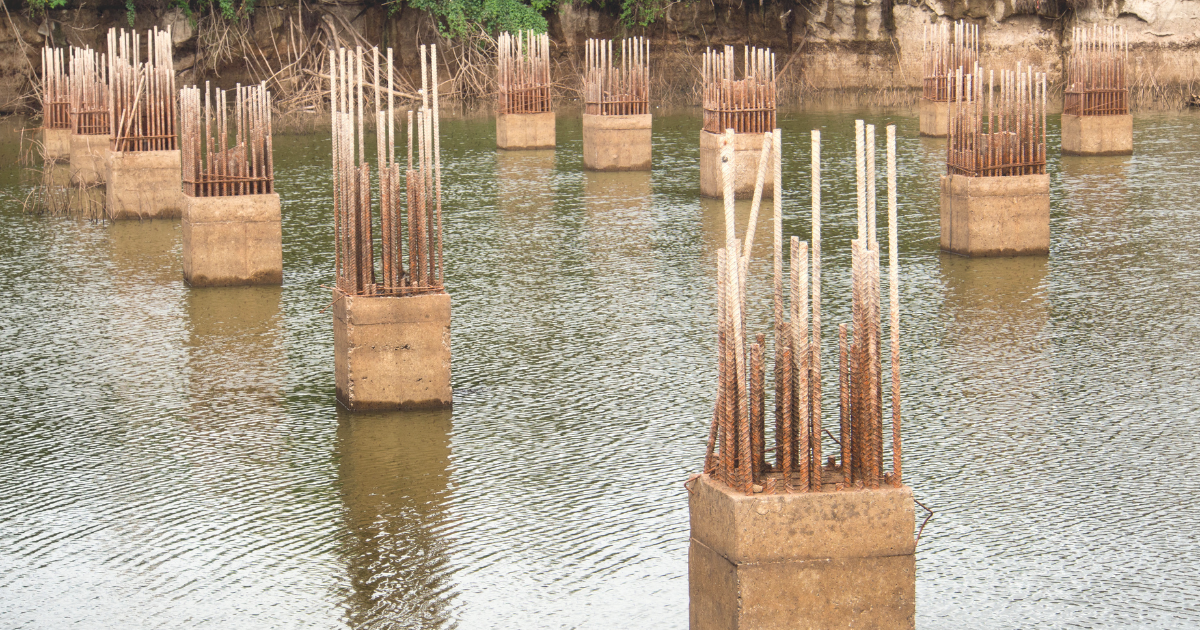
Waterproofing Techniques for the Home
Effective waterproofing extends beyond foundations to encompass exterior walls and critical entry points. Installing flood barriers and using flood-resistant materials such as reinforced concrete, vinyl, and fiber cement strengthens the home’s defense against water infiltration.
Apart from flood barriers, choosing a strategic design or layout of your home’s utilities can also significantly mitigate flood damage. Placing utilities above flood levels, incorporating proper drainage systems, and utilizing open floor plans facilitate water flow and reduce the impact of flooding in interior spaces, especially homes or properties with underground basements.
In Case of Emergencies
Building a home in flood prone areas requires careful consideration of the structure’s design, but when the calamity hits, it is simply not enough. Incorporating flood alarms and monitoring systems provides early detection of flooding in the area, allowing prompt evacuation and safeguarding of family members and other valuables. In addition to this, developing a comprehensive emergency plan ensures that the home’s residents know the evacuation routes and have access to essential supplies during unexpected flood events.
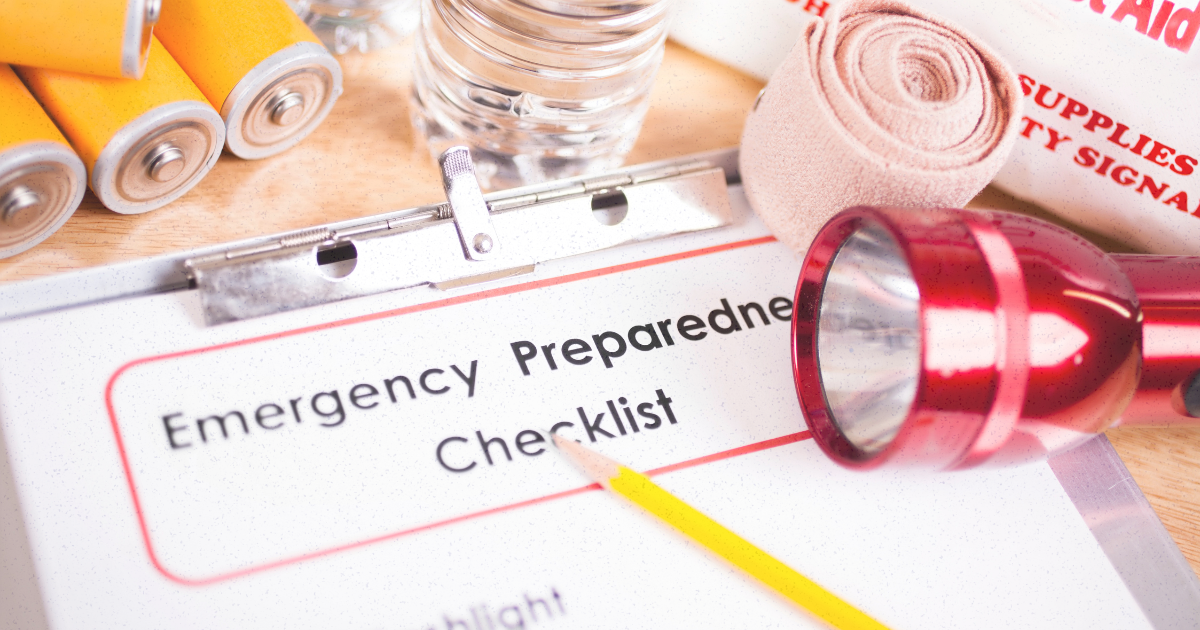
Community-wide flood control initiatives and adherence to government regulations play pivotal roles in mitigating flood risks. Collaborative efforts in urban planning and infrastructure development contribute to building resilient communities in flood-prone areas.
Flood-Proof Your Home
Constructing homes in flood-prone areas demands careful planning and adherence to best practices in flood mitigation. By implementing elevated foundations, waterproofing techniques, and smart design principles, homeowners and builders can enhance resilience against floods and protect their investments at the same time. Proactive planning, community involvement, and adherence to regulatory standards are essential for building resilient homes that withstand the challenges of flood-prone environments.
References
G.J. Gardner Homes. (n.d.). Things To Know When Building A House In A Flood Zone. G.J. Gardner Homes. Retrieved July 4, 2024, from https://www.gjgardner.com/planning-your-build/things-to-know-when-building-in-a-flood-zone/
Integrata Architecture + Construction. (2020, January 22). 5 Tips for Designing a Home in a Flood Plain — Integrata Architecture + Construction. Integrata Architecture + Construction. Retrieved July 4, 2024, from https://www.integrata-ac.com/news/5-tips-for-designing-a-home-in-flood-plain


